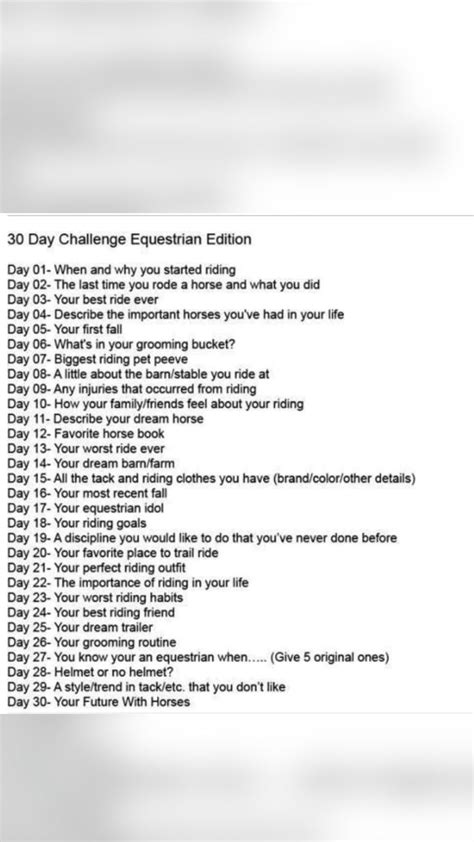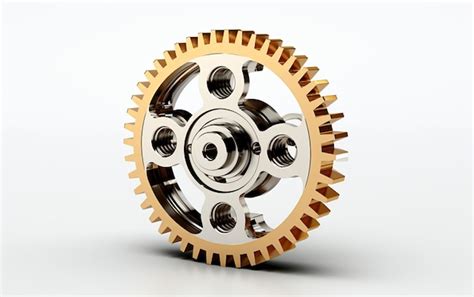Combat ingrowns: achieve an irritation-free, peak-performance shave?

Beyond the Bump: Achieving Your Best Shave Yet
Ingrown hairs are the bane of many a grooming routine, turning what should be a refreshing ritual into a minefield of irritation, redness, and discomfort. For those striving for an exceptionally close shave without the unwelcome aftermath of razor bumps, the journey can feel Sisyphean. But what if you could not only combat ingrowns but achieve an irritation-free, peak-performance shave every single time? The secret lies in a holistic approach, encompassing preparation, technique, and post-shave care that transforms your shaving experience from a chore into an art.

Understanding the Enemy: What Are Ingrown Hairs?
An ingrown hair occurs when a hair, instead of growing outward from the follicle, curls back or grows sideways into the skin. This often happens after shaving, waxing, or plucking, especially with coarse or curly hair. The skin reacts to the trapped hair as a foreign body, leading to inflammation, redness, itching, and sometimes painful, pus-filled bumps. Factors contributing to ingrowns include improper shaving techniques, dull blades, shaving against the grain, and inadequate skin preparation.
The Foundation: Flawless Pre-Shave Preparation
A superior shave begins long before the blade touches your skin. Proper preparation is paramount to softening both skin and hair, making it easier for the razor to glide smoothly and reduce tugging and pulling.
- Exfoliate Gently: 12-24 hours before shaving, use a mild exfoliant or a physical scrub to remove dead skin cells that can trap hairs. This clears the path for hair to grow outwards.
- Warmth is Your Friend: Shave after a hot shower or apply a warm, damp towel to your face for a few minutes. The steam opens pores and softens hair follicles, making hairs more pliable and easier to cut.
- Pre-Shave Oil: A good quality pre-shave oil creates a protective barrier between your skin and the blade, enhancing glide and further softening whiskers. Apply a small amount and massage it into your skin.

Mastering the Shave: Technique That Matters
Your shaving technique is perhaps the most critical factor in preventing ingrowns and achieving that coveted smooth finish. Sloppy technique can lead to irritation and exacerbate the ingrown hair problem.
- Sharp Blade, Always: A dull blade drags and pulls, leading to irritation and an uneven cut that encourages ingrowns. Change your razor blade every 5-7 shaves or when you feel any tugging. Consider a single-blade safety razor, as it minimizes passes and cuts hair cleanly without pulling it beneath the skin’s surface.
- Lather Up: Use a rich, moisturizing shave cream or gel that creates a thick lather. Apply it with a brush to lift the hairs, coating them thoroughly and providing ample lubrication.
- Shave With the Grain: Always shave in the direction your hair grows. While shaving against the grain might offer a closer feel initially, it drastically increases the risk of ingrowns by cutting hair too short and encouraging it to recede into the follicle.
- Light Pressure, Short Strokes: Let the razor do the work. Applying too much pressure not only dulls your blade faster but can also cause razor burn and irritation. Use short, controlled strokes, rinsing your blade frequently to prevent clogging.
- One Pass (or Two, Carefully): Ideally, aim for one pass with the grain. If a second pass is needed for a closer shave, re-lather and shave across the grain (perpendicular to hair growth), never against it.
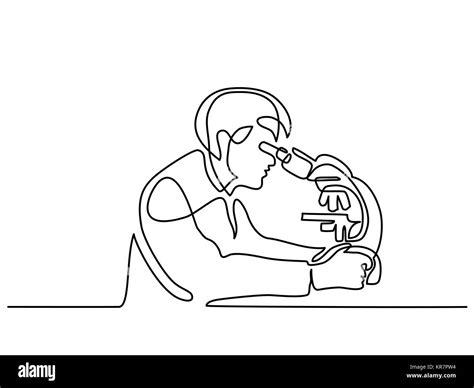
The Essential Post-Shave Ritual: Soothe and Protect
What you do immediately after shaving is just as important as the preparation and technique. This phase aims to calm the skin, close pores, and provide hydration, preventing irritation and promoting healing.
- Cold Rinse: Splash your face with cold water to close pores and refresh the skin.
- Aftershave Balm (Alcohol-Free): Skip harsh, alcohol-based aftershaves that dry out and irritate the skin. Opt for a soothing, alcohol-free balm or lotion with ingredients like aloe vera, witch hazel, or chamomile to reduce redness and inflammation.
- Moisturize: Even if your balm is moisturizing, a dedicated facial moisturizer can provide an extra layer of hydration, keeping your skin supple and preventing dryness that can lead to irritation.
- Targeted Treatment for Existing Ingrowns: For persistent ingrowns, use a spot treatment containing salicylic acid or glycolic acid a few times a week, but not immediately after shaving.
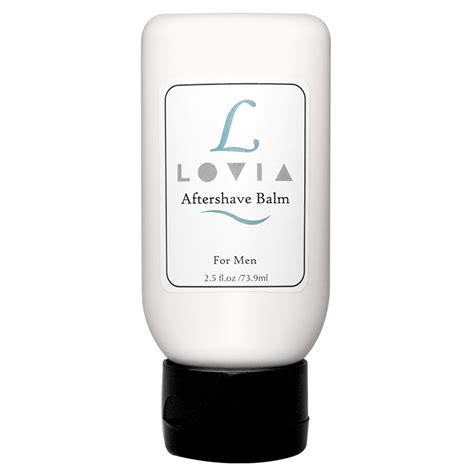
Long-Term Strategies for Lasting Smoothness
Maintaining an irritation-free shave is an ongoing commitment. Beyond the daily ritual, consider these long-term strategies:
- Shaving Frequency: If you’re prone to ingrowns, consider shaving every other day instead of daily, allowing hair a bit more length to grow out naturally.
- Clean Your Tools: Regularly clean your razor handle and brush to prevent bacteria buildup, which can lead to skin issues.
- Hydration from Within: Drink plenty of water to keep your skin hydrated and healthy from the inside out.
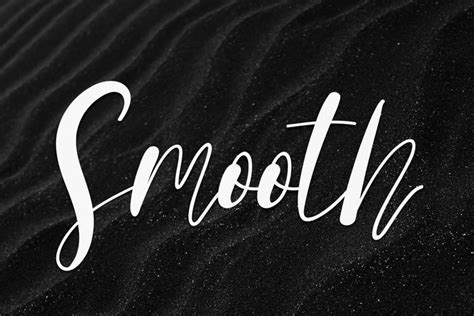
Embrace the Art of Shaving
Achieving an irritation-free, peak-performance shave is entirely within reach. By adopting these meticulous steps—from thorough pre-shave preparation and mindful shaving techniques to essential post-shave care—you can transform your daily shave into a moment of self-care. Say goodbye to uncomfortable razor bumps and hello to consistently smooth, healthy, and perfectly groomed skin.
